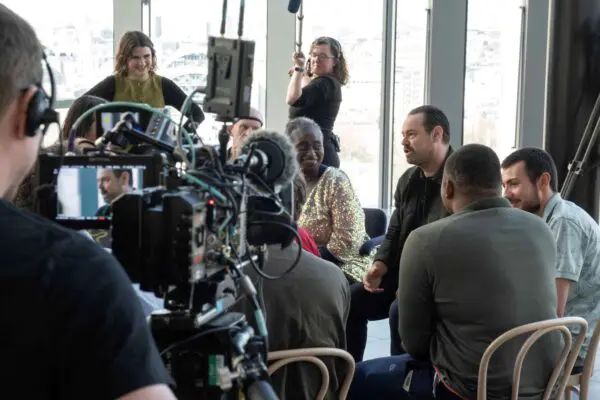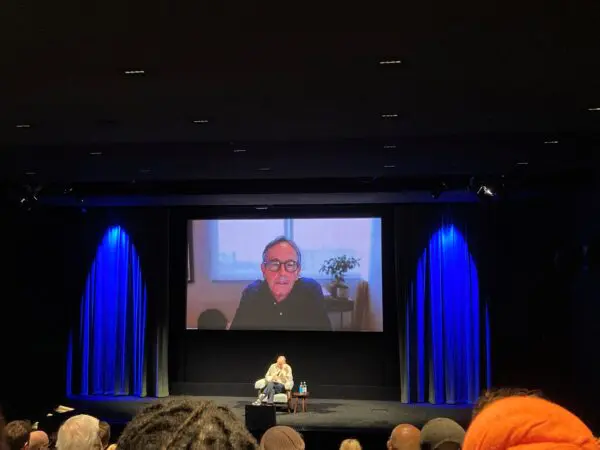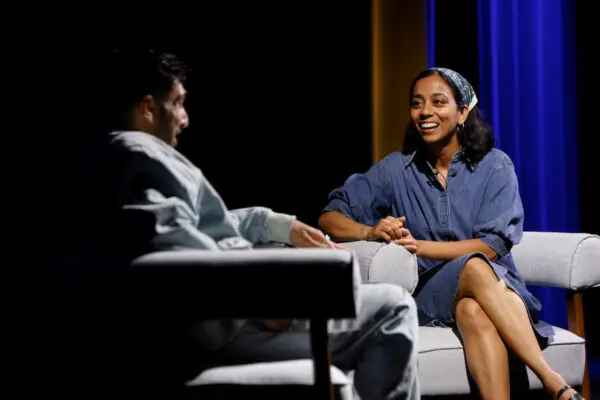The true crime genre has never been more popular with British television audiences, who have sat on their sofas gripped by events portrayed in both dramas based on real events and investigative documentaries. BAFTA steps up to the thin blue line to find out why good, honest citizens are so obsessed with crime. Words by Rachel Ward.
There’s nothing like a whodunnit. Be it fact or fiction, the mystery, schadenfreude and a gut-punching emotional narrative make for an irresistible mix, and are vital ingredients in the guilty pleasure of peeping into humanity’s most nefarious practices.
This almost universal fascination with the extremities of human behaviour is nothing new – crime novels have been enrapturing audiences for centuries. But the genre of true crime has enjoyed a purple patch on television of late and has stirred watercooler conversation like no other genre since reality TV steamrolled in during the late 90s. Indeed, with their prime element being to rubberneck at the lives of others, the two are perhaps more intrinsically linked than some may care to admit.
Veteran documentary-maker Errol Morris’ 1988 film The Thin Blue Line made history when it cleared an innocent man, otherwise destined to serve a life sentence in prison, for the murder of a Texas police officer in 1976. With its use of reconstruction to create a full picture of the case, it uncovered a truth that would have otherwise gone unnoticed and serves as a prototype for today’s true crime documentary.











